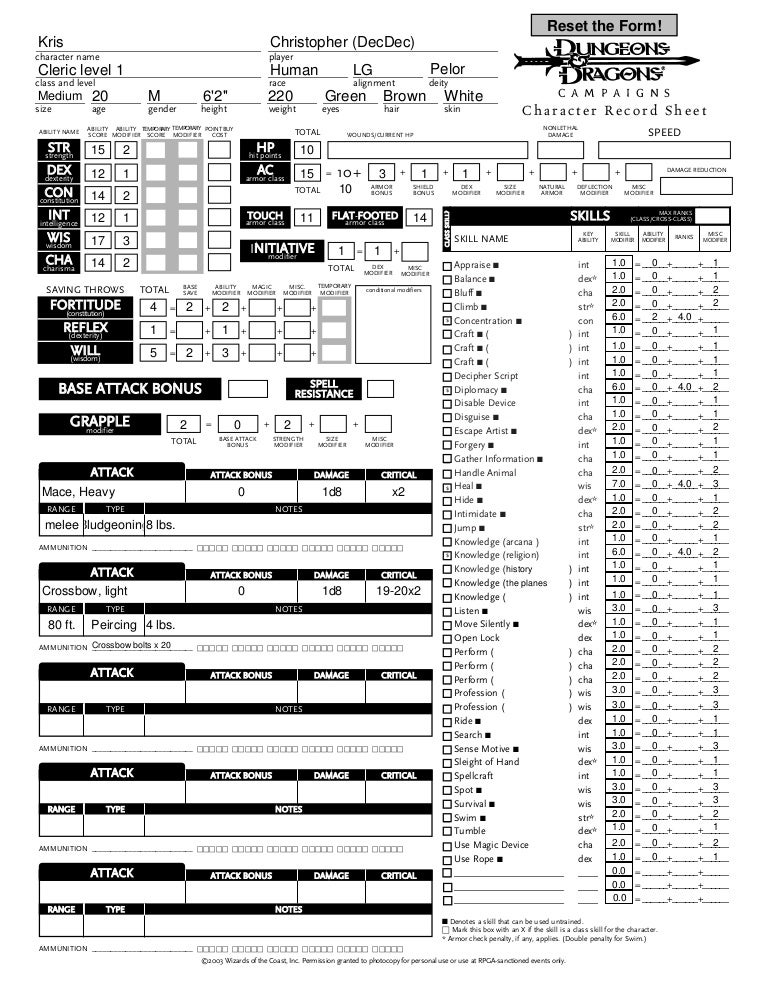

only relying on the monk for melee damage is going to be less-than-ideal. Personally, if your Ranger decided to go with a ranged attack focus, I'd switch to melee.
DND WARBLADE FREE
You are free to build your warlock as you like, provided you accept the trade-offs that that may incur. But a warlock does NOT have to be centered around that one spell, any more than a bard has to be centered around playing a musical instrument, or a rogue has to be centered around sneaking. Yes, Warlocks are typically centered around Eldritch Blast.
DND WARBLADE FULL
Here's a better question: do you WANT to go full melee? Party Comp being: Sorcerer (Wild), Monk (Open Hand), Wizard (Conjuration), Ranger (Unsure), and Warlock (Hexblade, Me) I guess my question is should I pass on this in order to go full melee as soon as possible? I have in the past seen people talking about how Agonizing Blast is great for being the invocation for damage. Right now playing in a campaign where I am playing as a Hexblade, I was wondering is it a good idea for me to go full melee? Level 7 take Eldritch Smite (XGE) this will allow you to burn Warlock spell slots to cause extra damage. Level 5 take the Thirsting Blade invocation (PHB) which will give you an extra attack with your pact weapon (and through the Hex Warrior and IPW abilities you'll have extra attacks with all your summoned weapons). Level 4 improve your Charisma, which will help both your ranged and melee damage thanks to Hex Warrior. That's all you need to maximize your EB damage.Īt level 3 go Pact of the Blade, and take the Improved Pact Weapon invocation (XGE). Warlocks are, for better or worse, defined by their ability to spam cantrip damage with Eldritch Blast.Ī Hexblade gives you some melee ability, but you can build the two things side by side.Īt level 2 take Agonizing Blast. Each sword bonded with the wielder during the Blade-rite, allowing the wielder to summon it to his or her hand at will, regardless of physical barrier, so long as each remained on the same plane of existence.You can't really, since the melee options for Warlock are tied to your levels and Pact of the Blade which you can't get till level 3.Ī Hexblade is a Warlock who can fight in melee.Each sword responded negatively to unannounced changes in race, sex, or alignment on part of the wielder, sometimes forcing a new Blade-rite, causing the wielder jolts of pain, or simply dominating the wielder and forcing him or her to return the blade to the High Mages.Each sword was intelligent, was good-aligned, and could speak audibly and telepathically in Elven.Alternatively, each Elfblade retarded the wielder's aging process so that they aged at half the normal speed. Each sword added life to its wielder: the Ruler's Blade extended a wielder's life by up to six centuries, the Warblade returns an elf to the peak of physical age (usually a year after adulthood was gained), and the Artblade reduced the current age of its wielder by up to six centuries, though never beyond the first year of adulthood.Each sword could shed light from a flicker to the strength of the highsun.

They had magically keen blades imbued with holy energy. Each sword was a powerfully enchanted longsword that granted a ward against attacks as well as increasing the wielder's reaction time.Any N'Tel'Quess (non- elves or drow, but not half-elves) who drew the blade was known to be struck dead.Any thief who drew the blade suffered as if failing a Blade-rite.When the wielder of an Elfblade dies, the blade is rendered inert until drawn again as part of a Blade-rite.All candidates to draw the Elfblades must be good-aligned. Each must be attained by the ritual of Blade-rite, a ritual overseen by Elven High Magic.While each Elfblade was unique, they shared common characteristics among the three of them. The three blades were each used to erect one of the towers in Castle Cormanthor, creating the permanent domiciles of the rules in the Rule Tower, the War Tower, and the Art Tower.

As Kahvoerm Irithyl drew the Rulers' Blade, he became ruler of Semberholme, Jhyrennstar, and Elven Court, which later became Cormanthyr. It should be noted that a priest of each Seldarine god was necessary to create the blades. At the Coronal's wish, young clansmen worked to prove their mettle, from which three candidates emerged, and these candidates were given the newly forged Elfblades to mark their rulership.


 0 kommentar(er)
0 kommentar(er)
